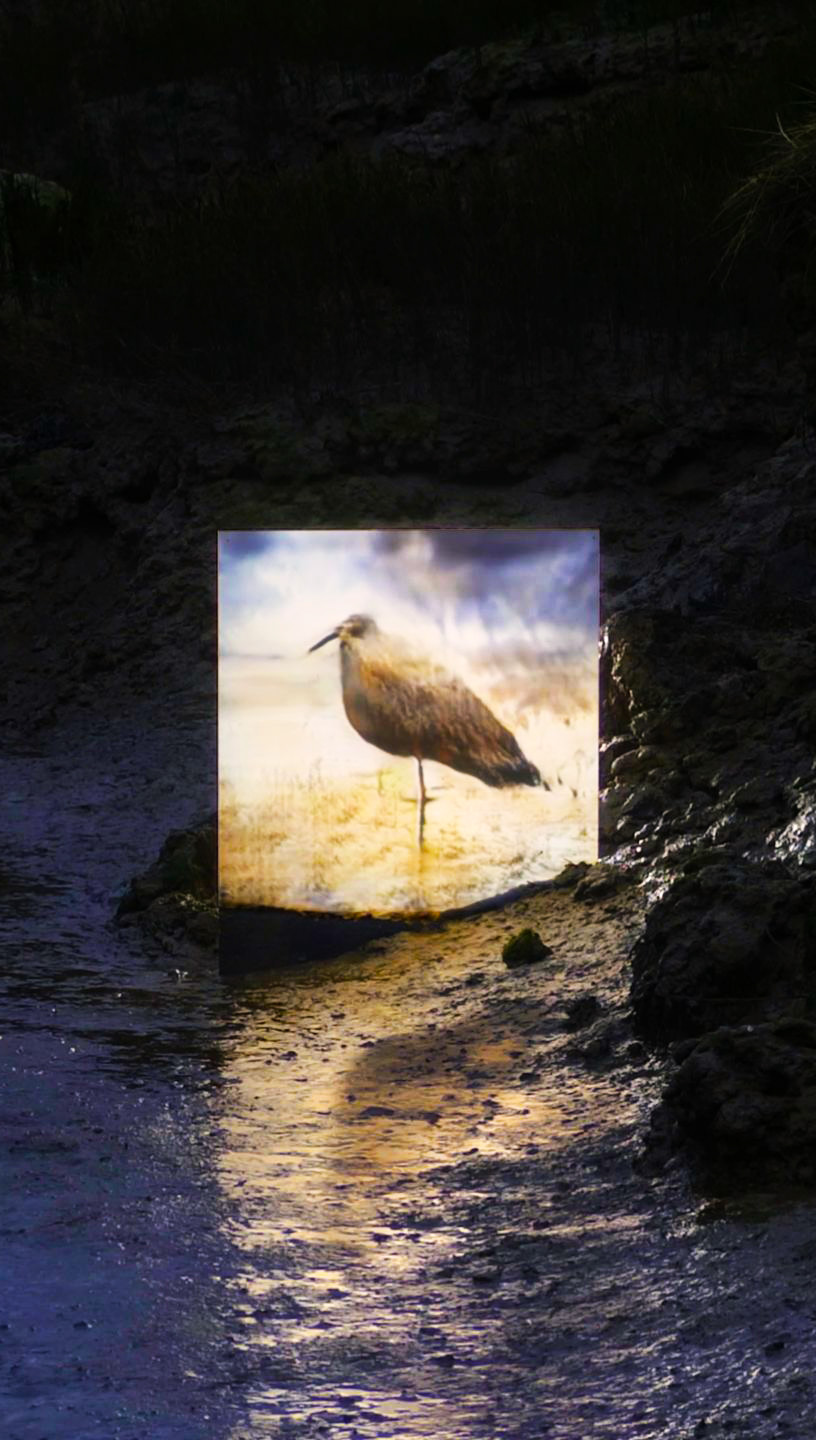
Max Cooper
Morphosis
Morphosis uses artificial neural networks to create morphing images of scale. The system explores how natural structures from the most tiny to the most huge, share aesthetic properties, as recognized by the trained network, and recreated in continuous flowing sequence via these connections. It’s a study of the seemingly infinite nature of space and natural physical structure, which can loop back on itself to give endless visual exploration and variation.
